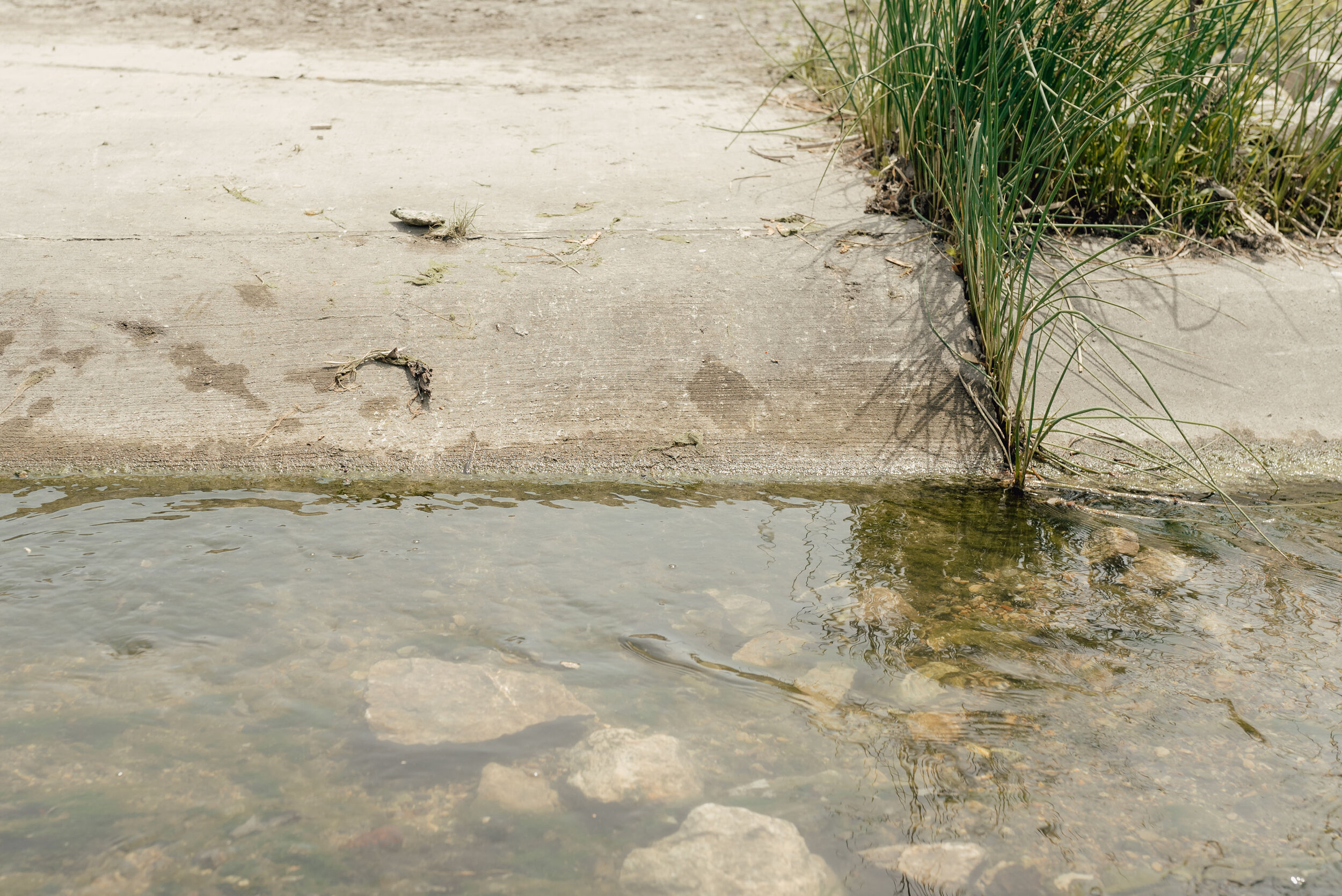
Streams of the Anthropocene
Project Overview
This study seeks to advance knowledge on the ecosystem ecology of human-impacted streams by addressing a critical knowledge gap on organic matter processing rates and carbon dynamics in streams across an anthropogenic disturbance gradient. Situated in the Windsor-Essex region of southwestern Ontario, Canada, the stream ecosystems in this study (n=7) are impacted from both urbanized and agricultural land uses. Using standardized cotton-strip assays to measure carbon processing rate (i.e., decomposition) and fluorometric methods to characterize molecular carbon structure, we characterized monthly shifts to test whether anthropogenic sites behave in a similar way.
Objectives
Collect a monthly baseline dataset on impacted streams across Essex County
Compare and contrast DOM properties and decomposition rates between urban and agricultural streams
It’s time to change the way we think about drains
Drains are still streams, they support biodiversity, and it’s about time we lend them some environmental protection.



